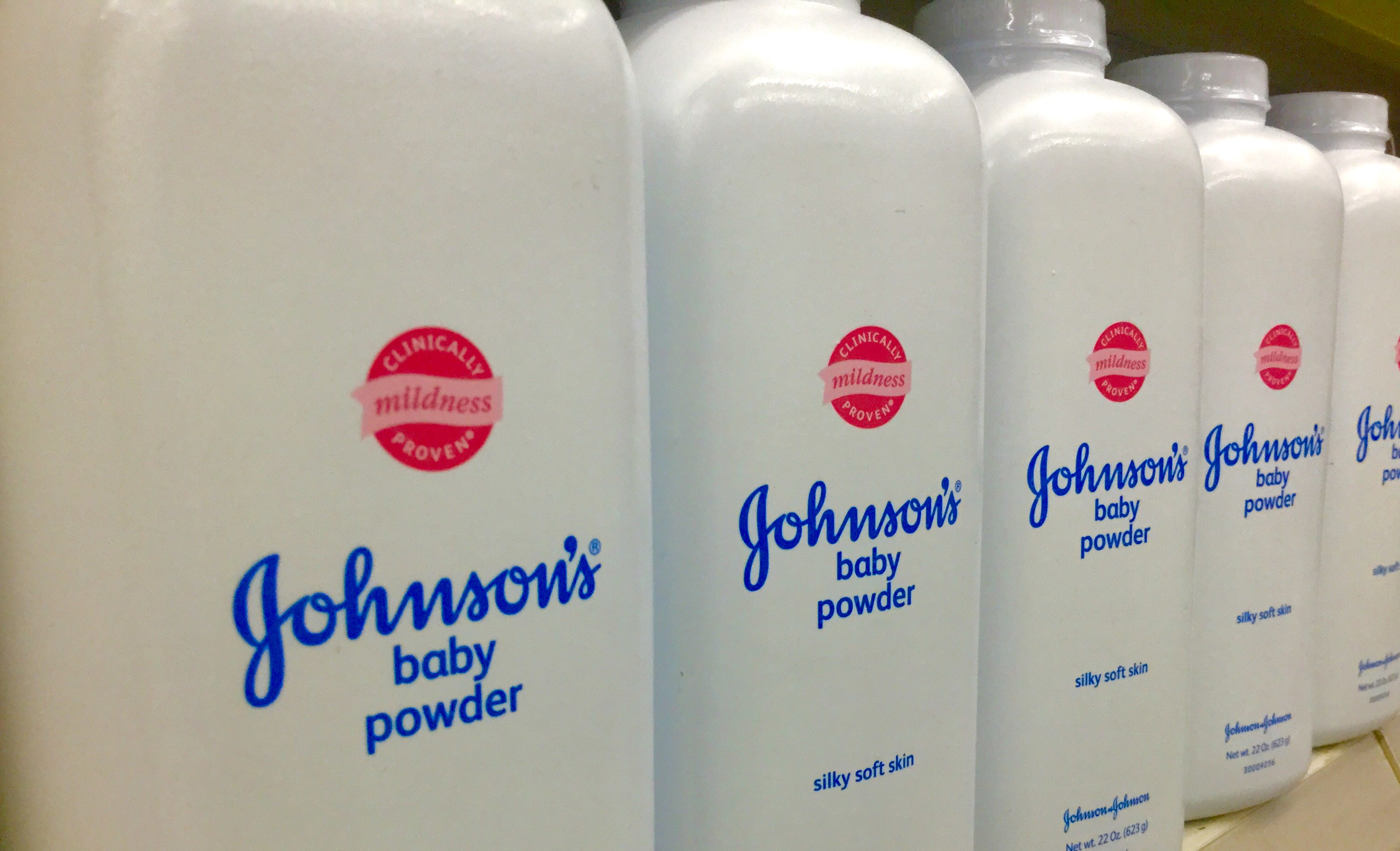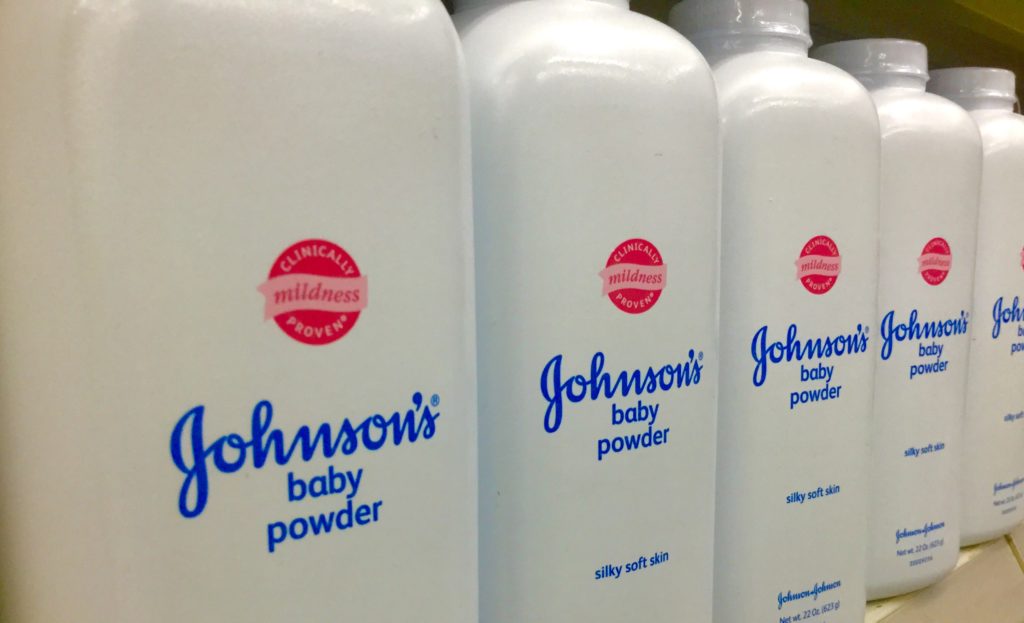Talcum powder may be a staple in bathrooms throughout the country, but evidence of its association with ovarian cancer goes back to the early 1970s. Back then, scientists noted a possible connection between the use of talcum powder on female genitals and ovarian cancer. The scientists opined that the talc particles entered the reproductive tract through the vagina and made its way to the ovaries. The talc particles can remain trapped there for years. Those particles can cause inflammation and lead to the growth of ovarian cancer cells.
There have been various studies (including this one from Cancer Prevention Research, 2013) throughout the last few decades showing an increased risk of ovarian cancer of between 20 and 30 percent for women who used talcum powder on their genitals.
There have been some very large verdicts against Johnson & Johnson (manufacturer of talcum powder) in the last few months. They were just ordered to pay $55 million to a South Dakota woman who blamed her ovarian cancer on years of talcum powder use. Her lawyers stated that internal Johnson & Johnson documents showed the company was aware of the studies liking the powder to ovarian cancer since the 1970s. Instead of giving a warning, they continued to target their product at groups most at risk of developing ovarian cancer.
This comes after another large verdict ($72 million) in February. In 2012, after years of petitions, negative publicity, and threats of boycotts, Johnson & Johnson eliminated certain ingredients, namely 1,4-dioxane and formaldehyde, both considered probably human carcinogens.
If you or a family member was diagnosed with ovarian cancer after using a talcum powder product on a regular basis, feel free to contact us.




